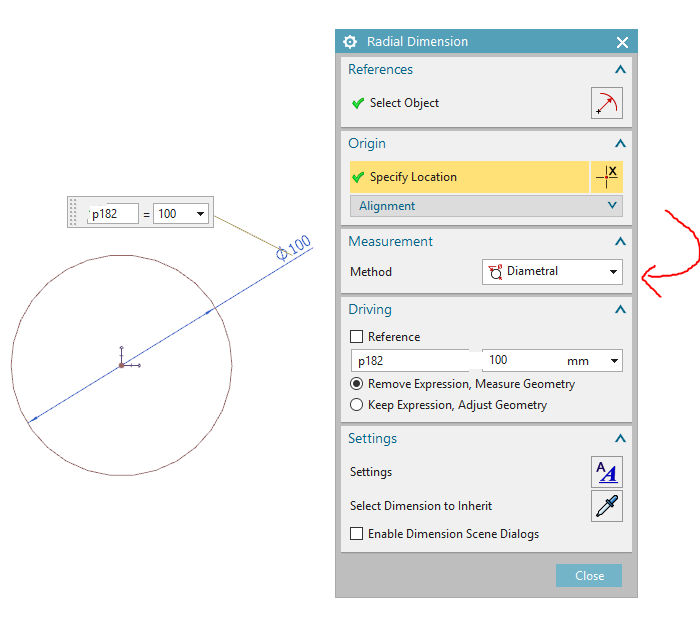Hello. Just wanting to get some opinions on something I've run across recently.
When updating dimensions in a sketch, I change the dimension. I do this because I like a "clean" sketch. For example, if the dimension is .50 and I'm making it .25 longer, I change the dim to .75.
I recently was working on a sketch created by a coworker. In his sketch the dimension was .50+.25. When I asked him about this, he said that that was his way of keeping track of the changes he was making. At first, this went against my instinct of having an uncluttered, clean sketch, but the more I've thought about it, it might make sense to do it that way.
Am I letting my OCD get in the way of a good technique, or is it best to leave a clean sketch as my legacy to others?
Your thoughts please.
When updating dimensions in a sketch, I change the dimension. I do this because I like a "clean" sketch. For example, if the dimension is .50 and I'm making it .25 longer, I change the dim to .75.
I recently was working on a sketch created by a coworker. In his sketch the dimension was .50+.25. When I asked him about this, he said that that was his way of keeping track of the changes he was making. At first, this went against my instinct of having an uncluttered, clean sketch, but the more I've thought about it, it might make sense to do it that way.
Am I letting my OCD get in the way of a good technique, or is it best to leave a clean sketch as my legacy to others?
Your thoughts please.

